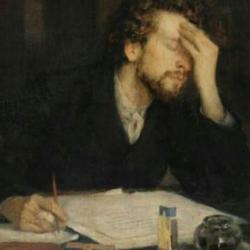In a 2006 article in Studies in Philology , Sean Benson explores Shakespeare’s use of hawking imagery in romantic relations. Shakespeare “employs the gendered discourse of hawking language in order to make the interspecific leap from the falconer’s training of his female hawk to a husband’s training of his wife. Beginning with The Taming of the Shrew , Shakespeare uses hawking metaphors to suggest that a husband tame his haggardlike wife as a falconer would his bird. What allows such a leap is the language the falconry manuals use to describe the training of a hawk and in particular their recommendation that falconers cultivate a loving relationship with their birds, one whose intimacy implicitly draws upon the language of marital love.” Hawking, like marriage, involves an asymmetrical union of wills.
But Shakespeare inverts the standard gendered use of the imagery. Benson examines “Shakespeare’s decadelong engagement with wife taming by means of hawking language and his increasing tendency, between 1592 and 1604, to experiment with shifting the normative gender roles of falconer and hawk. Even as early as Romeo and Juliet , there is some gender slippage: Juliet is both tamer and, at certain moments, would-be tamed woman. Only in Othello ,a play that has received scant attention for its hawking metaphors, does Shakespeare’s exploration of hawking language reach its culmination. Othello and Desdemona vie with one another for the right to tame the other, only to have Shakespeare point out, as he had hinted in the much earlier The Taming of the Shrew , that the interspecific leap from training hawks to training one’s wife is finally incompatible with human dignity.”















